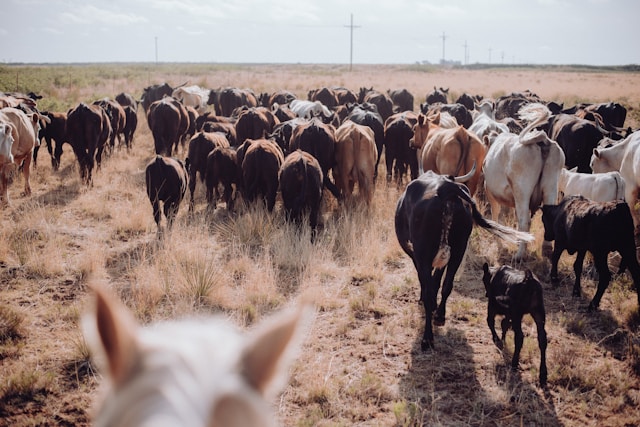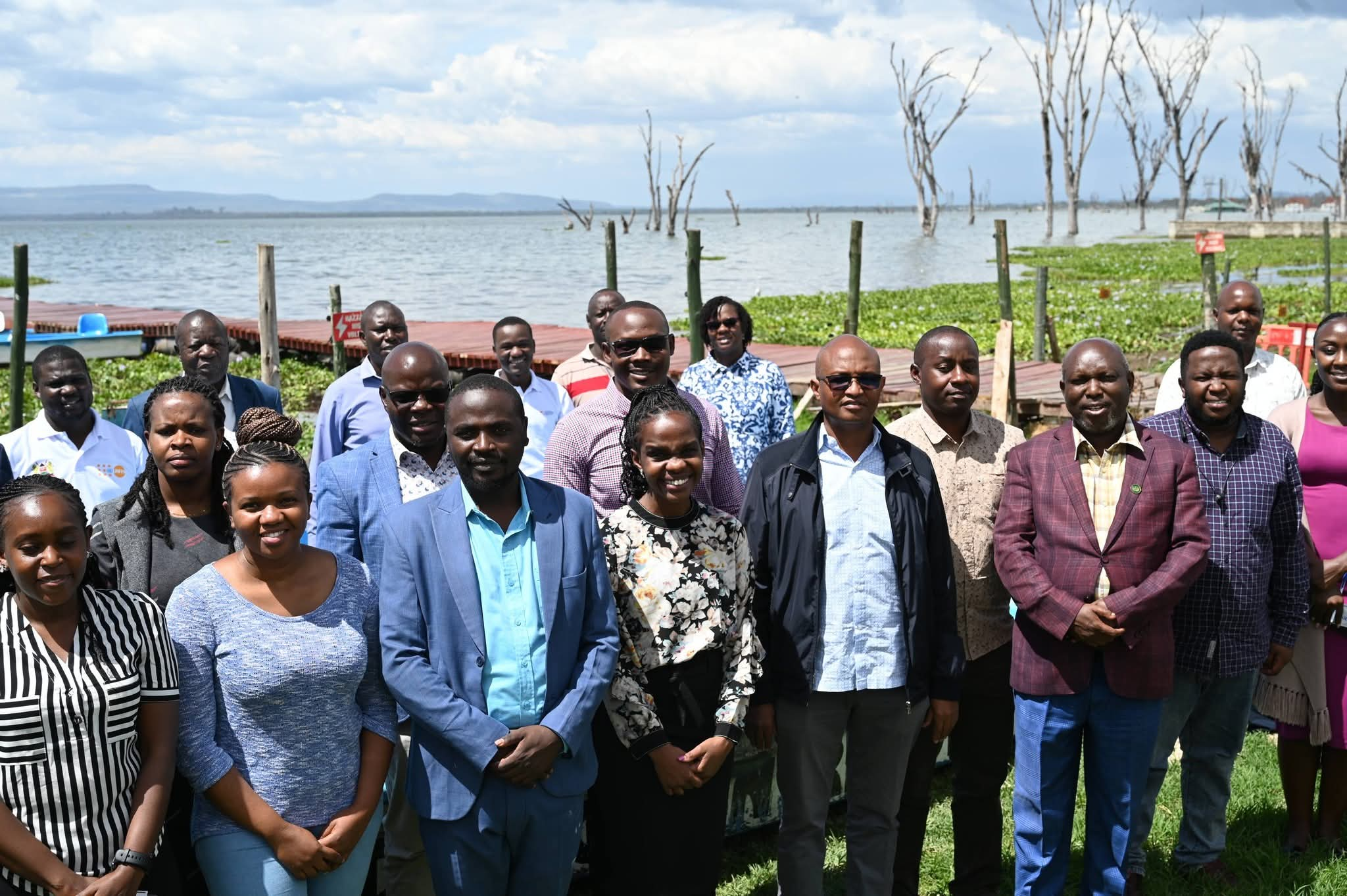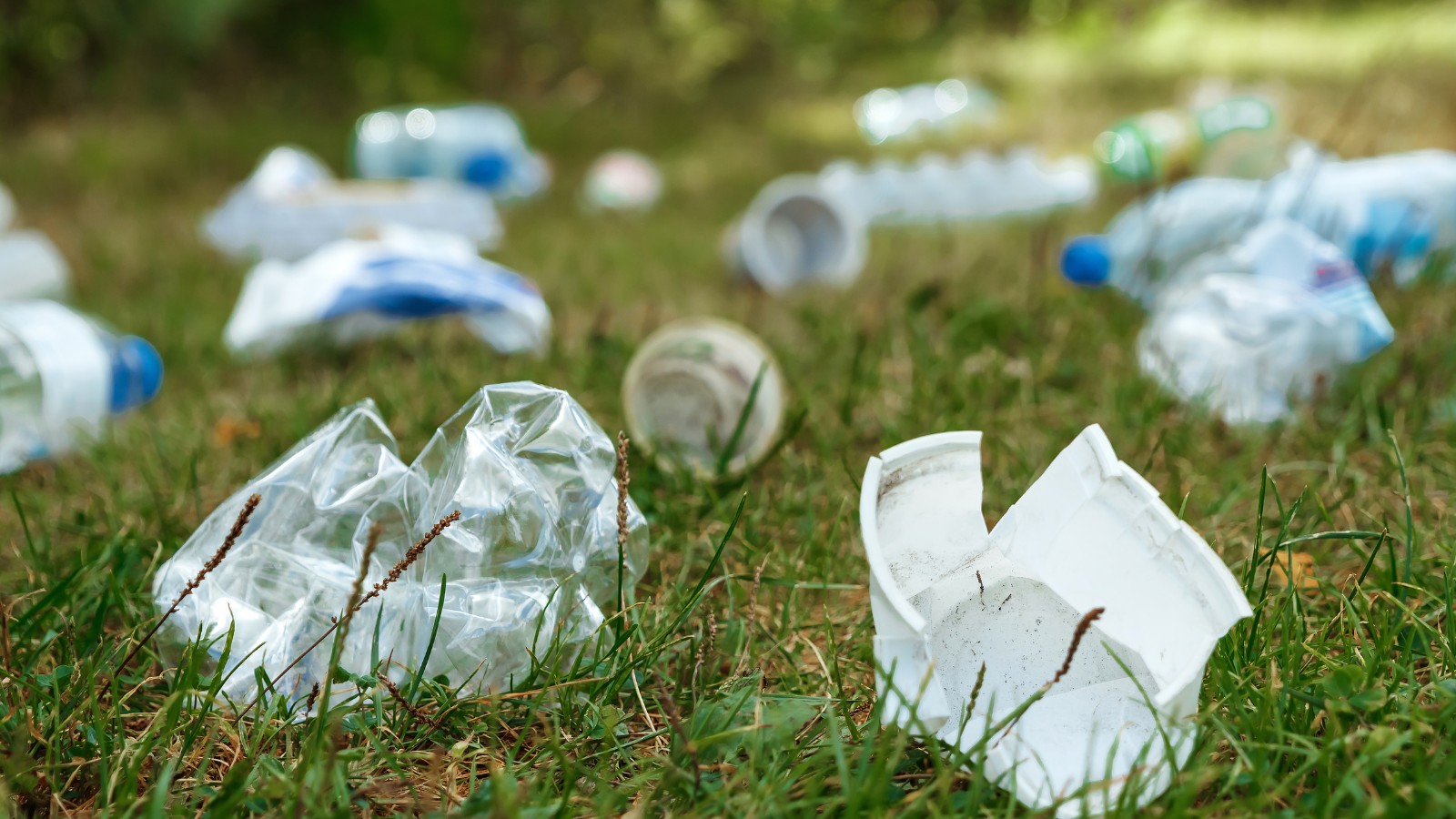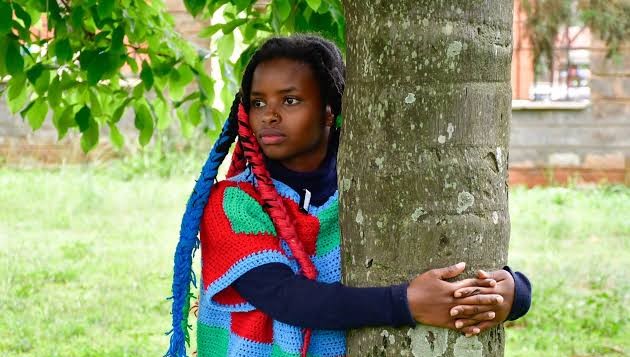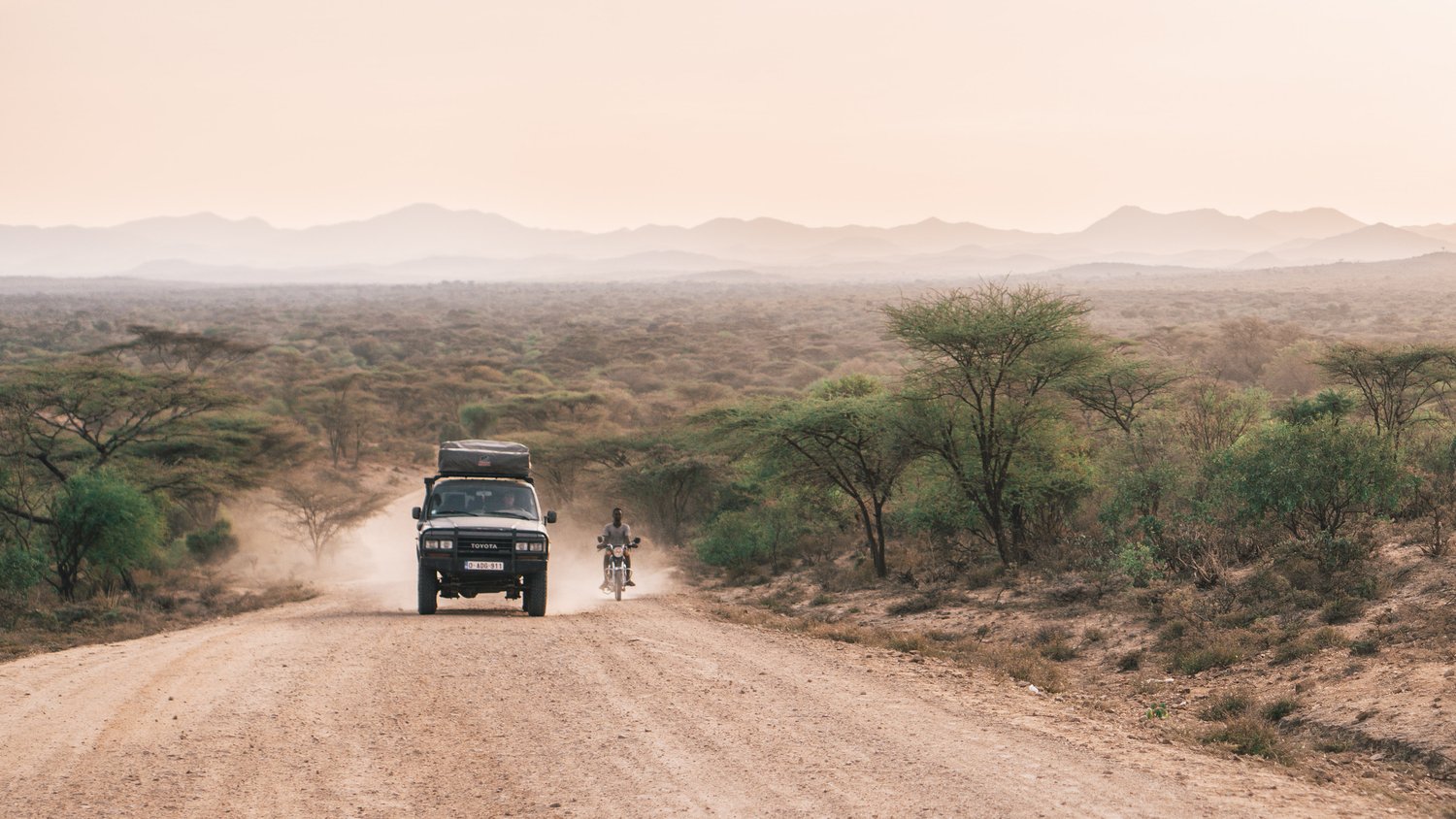Livestock production plays a significant role in climate change. While it provides essential food, income, and livelihoods for millions, it also contributes notably to greenhouse gas emissions, land degradation, and deforestation.
According to the Food and Agriculture Organization (FAO) of the United Nations, every year, a cow can produce between 40 and 140 kg of methane through digestion and burping.
Methane may not linger in the atmosphere as long as carbon dioxide, but its short-term impact on global warming is far more severe. Tackling these emissions is not just urgent but it’s essential.
In Kenya, where pastoralism supports many, particularly in arid and semi-arid areas the traditional livestock sector is under pressure to adapt.
Beyond emissions, livestock farming is also linked to land degradation, deforestation, and water depletion. Expanding grazing land often involves cutting down forests, especially in ecologically sensitive zones like Mau Forest. Meanwhile, intensive meat and dairy production require vast amounts of water and feed.
Despite the environmental concerns, we can all agree that completely eliminating livestock is neither realistic nor desirable, especially in countries where livestock is intertwined with culture and survival. Instead, the focus should shift toward climate-smart livestock management.
This includes interventions such as improved feeding practices, which can reduce the amount of methane released per animal. Feeding cows more digestible, high-quality fodder like legumes or supplemented grains has shown promise.
Programs such as rotational grazing, silvopastoralism and manure management are being piloted with local communities. These efforts not only cut emissions but improve soil health and biodiversity.
Livestock are also victims of the very climate crisis they contribute to. Extreme weather events such as heatwaves, droughts, and floods can cause stress that endangers their wellbeing, health, and even survival. When it rains too much or too little, food becomes scarce and water sources may either dry up or become contaminated.
The conversation around livestock and climate change is no longer about blame, but about balance. How can we continue to feed a growing population without harming the planet? The answers will require innovation, cooperation, and policy support at both local and global levels.
As the world races to limit global warming, livestock must move from being part of the problem to part of the solution.

